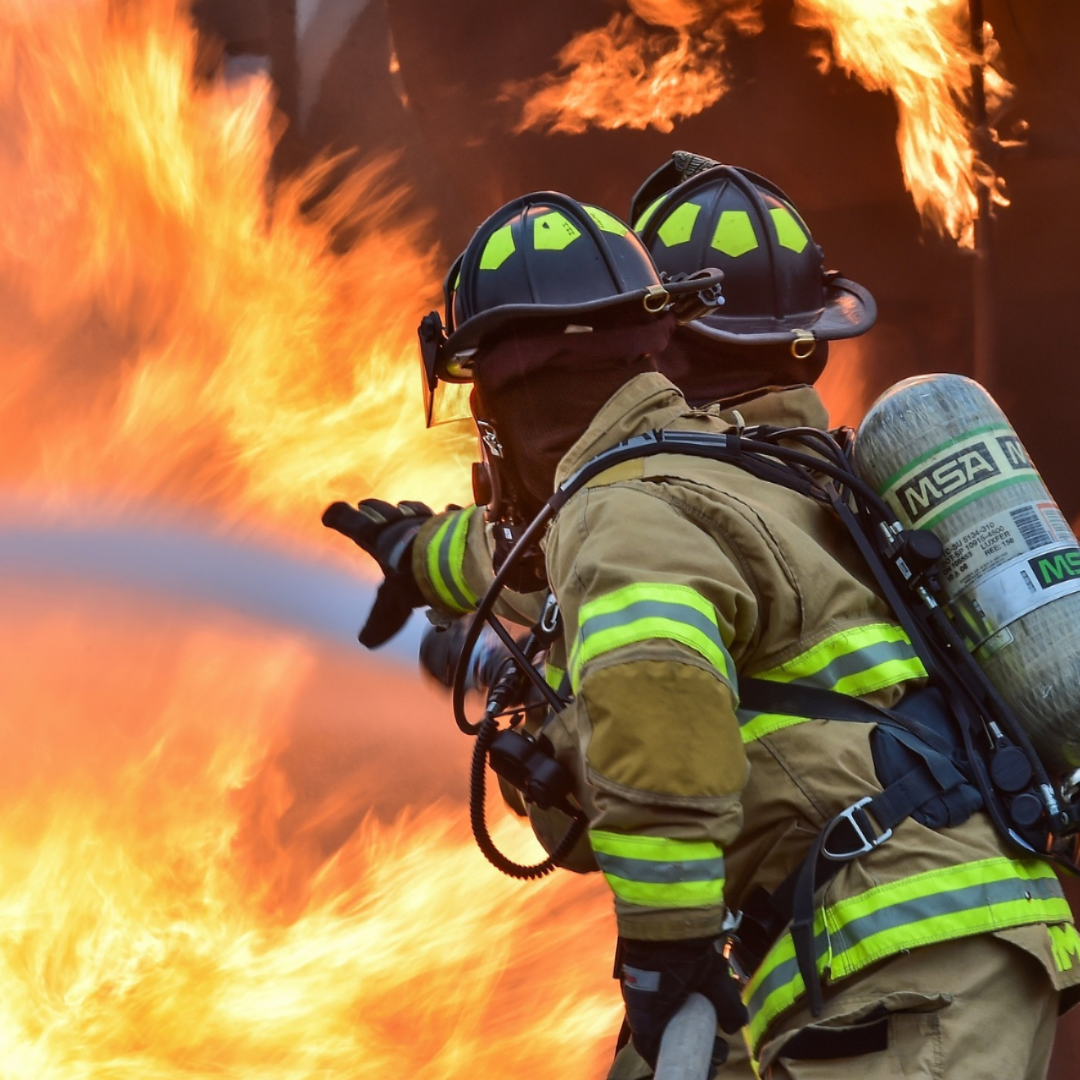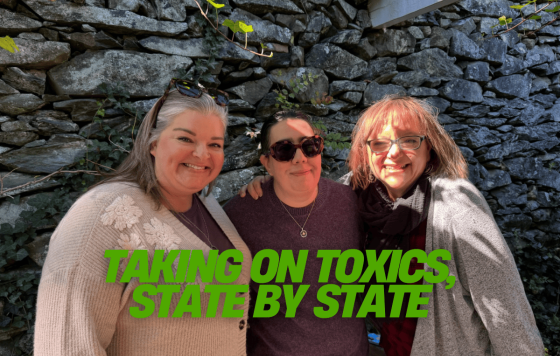
The recent spill of PFAS contamination from firefighting foam to the Farmington River is a tragic irony. On June 9, four days after our priority bill to restrict the use of PFAS containing firefighting foam died when the session ended on June 5, forty-thousand gallons of foam leaked from a hangar at Bradley International Airport and into the Farmington River. The bill had broad support of Connecticut’s Department of Energy & Environmental Protection (DEEP), Department of Public Health, firefighters, fire marshals and the CT Airport Authority. Now, DEEP officials are working to clean up the spill and will be monitoring PFAS levels in the water for months. Connecticut residents are advised not to eat any fish from the river and are concerned about swimming or boating in the area, a tragic situation in a beautiful river where so many people spend time during the warmer summer months.
PFAS chemicals are a class of man-made chemicals designed to make items grease, water, and stain resistant and include food packaging, food service ware, take out containers, textiles and carpets, outer wear, and non-stick cooking pans. They are also used in fire-fighting foam at airports, fire-training academies, and military bases. The fluorine-carbon bonds that make these chemicals effective for their intended use do not break down in our bodies or the environment. PFAS chemicals are linked to kidney and testicular cancers, hormone disruption, reproductive disorders including infertility, low birth weight and size, thyroid disruption, liver disease, and even resistance to vaccines.
Because PFAS chemicals don’t break down, they get into the environment and they move. They persist for decades and leach into soil, groundwater, and drinking water sources. Since EPA does not require PFAS monitoring in water sources, states are only now beginning to test for these chemicals and the results are not good.
PFAS contamination of the environment and waters is a national problem. These “forever chemicals” have been found at 610 sites across forty-three states, including New York, New Hampshire, Vermont, Massachusetts, New Jersey. Firefighting foam used at Westchester Airport in New York contaminated private well water in Greenwich CT this past fall. It is estimated that 19 million Americans might have high levels of PFAS chemicals in their drinking water.
We will continue to monitor this tragic situation over the summer and educate policy makers so that in the next legislative session, we can be assured that a comprehensive solution to address PFAS contamination is passed.
Update: On July 9th, Governor Lamont formed a taskforce to make recommendations on how to manage PFAS contamination. This is good news but we want to make sure comprehensive steps are taken to 1) restrict firefighting foam, 2) restrict other sources of contamination like food packaging, 3) implement strict water testing guidelines and 4) set a health protective drinking water standard. We are urging him to act bodly on PFAS to protect public health and water resources.


